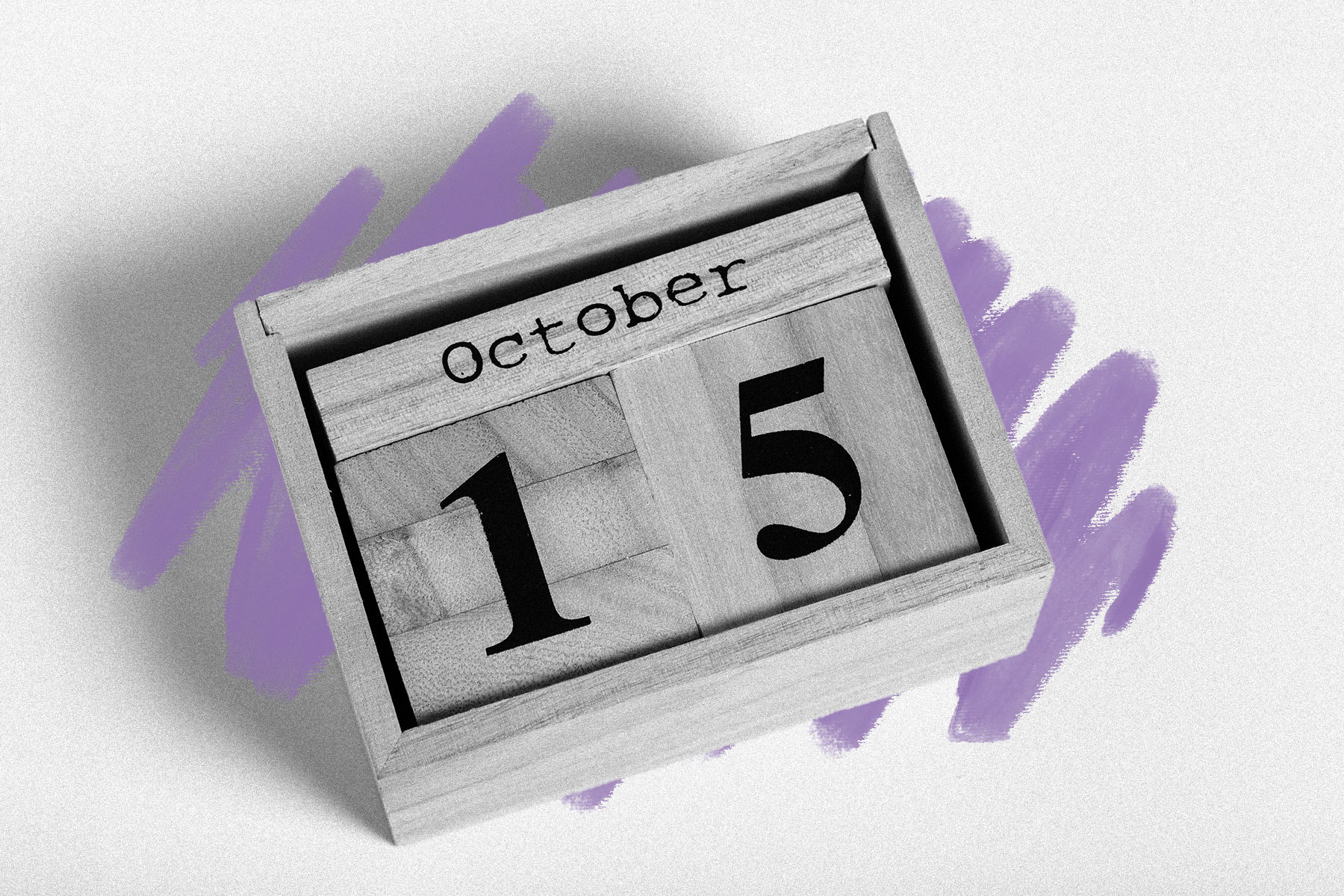In the year 1582, October 4 was followed directly by October 15.
If you’ve ever had trouble understanding the phrase “time doesn’t exist; clocks exist,” consider this example of time as a construct: In 1582, the day after October 4 was October 15. This curious leap occurred when the Gregorian calendar replaced the Julian calendar at the behest of Pope Gregory XIII, who felt the need to do something about the latter’s inaccuracy. Under the Julian calendar, a solar year was measured as exactly 365.25 days — a slight overestimate that, over the 1,600 years it was used throughout the Christian world, led to a discrepancy of several days.
As far as the Catholic Church was concerned, this was a problem not only for accuracy’s sake but also because it led to confusion over when Easter should be celebrated. The Council of Nicaea decreed in 325 CE that the holiday should be observed on the first Sunday after the first full moon following the vernal equinox, but calendar drift created a discrepancy between when the equinox actually took place and when the calendar said it did. Hence the jump in time. The decision to solve the issue by reforming the calendar came during the Council of Trent, a conference held by Catholic clergy between 1562 and 1563 in response to the Reformation. Pope Gregory chose October as the time to “lose” 10 days because there were no major Christian holidays during that period.















